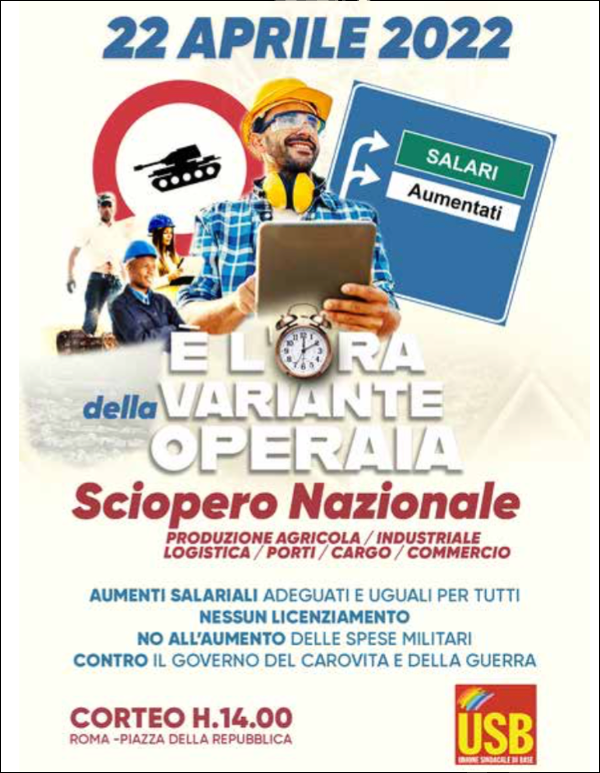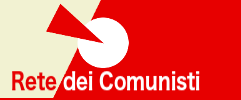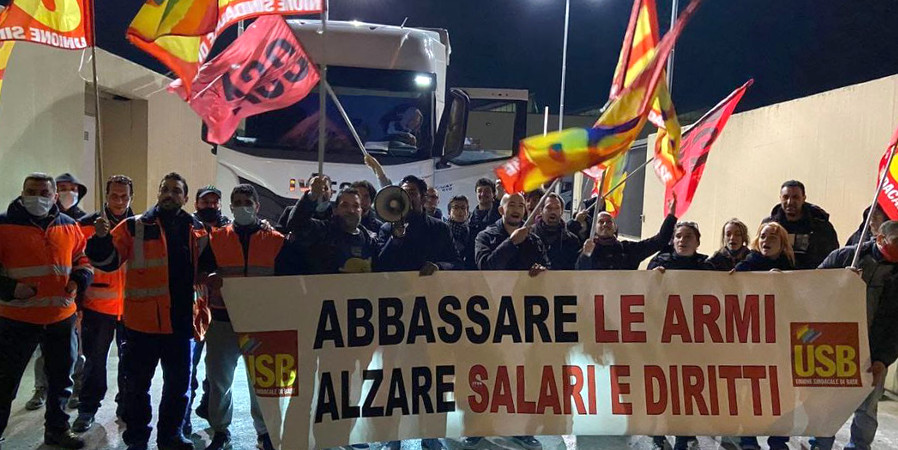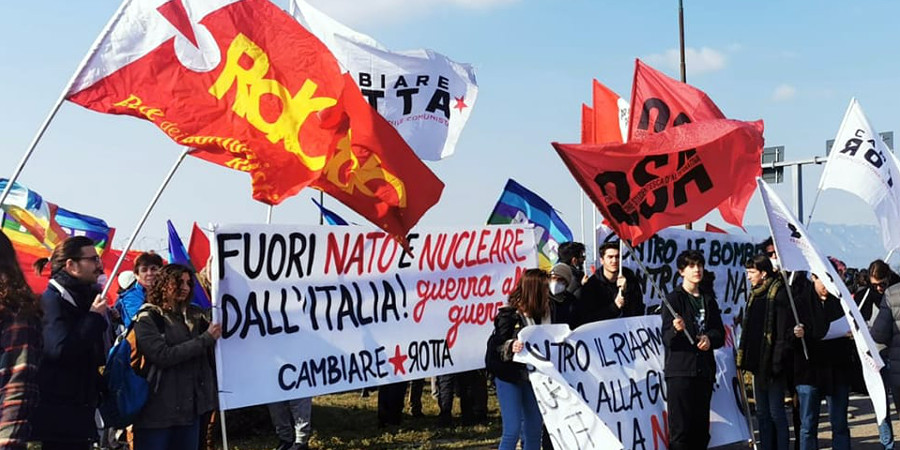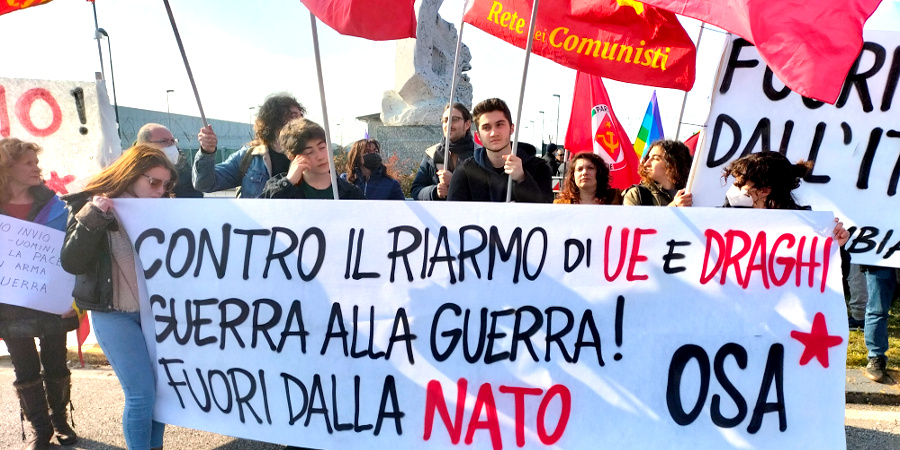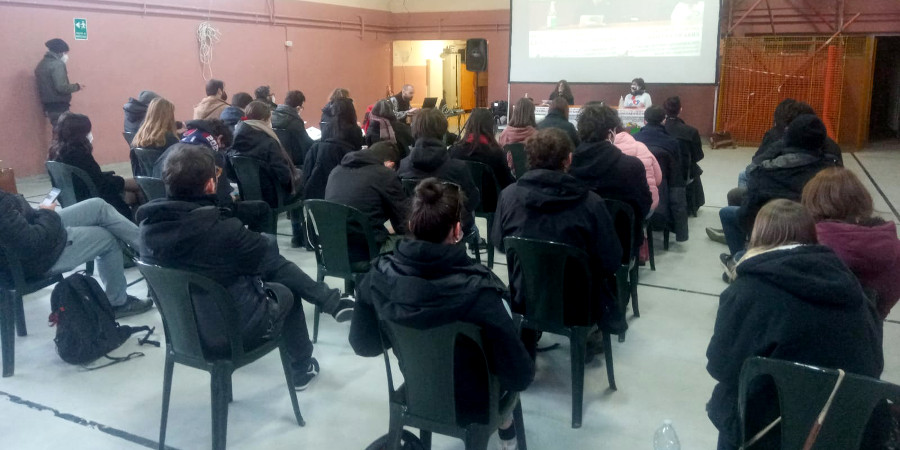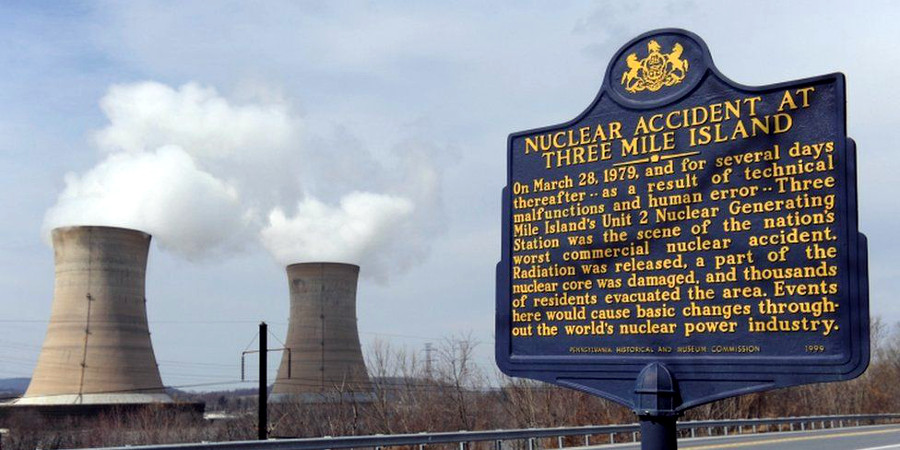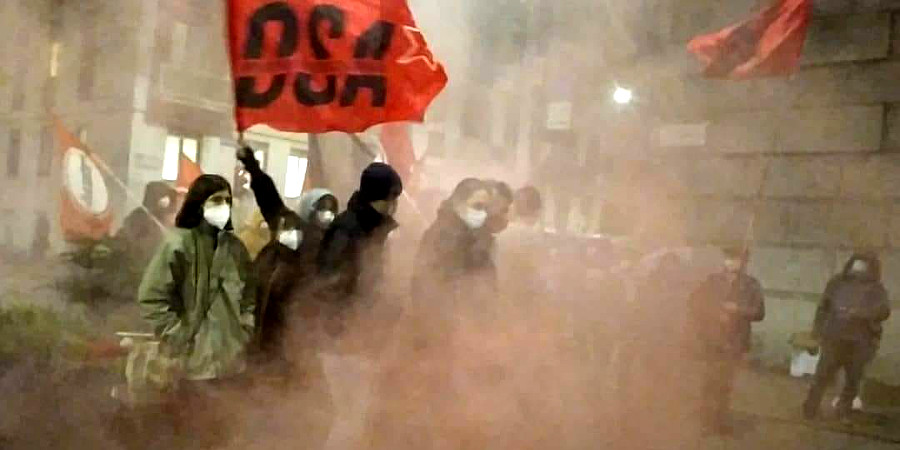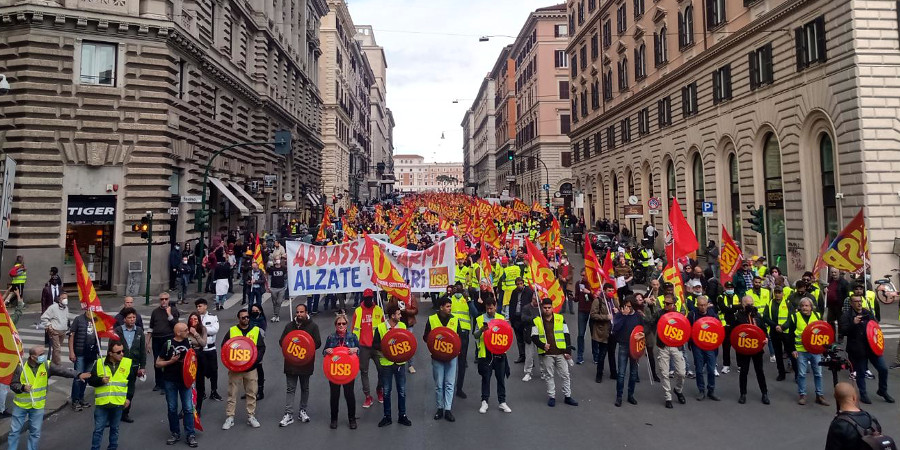| english | español | français | italiano |
From the Contropiano interview of 17 April 2022
For the international bulletin of the Rete dei Comunisti, we want to propose an excerpt of the interview with Pierpaolo Leonardi, national coordinator of the union, from a week before the big national strike, and the communiqué of the national confederation at the end of the big demonstration in Rome.
Question: We want to ask about how the day of 22 April, which was conceived in a different context, was abruptly changed by the war. The country was already in a heavy economic and social crisis, what did the workers of production and circulation of goods have to do against the causes and consequences of the war on society?
Answer: For months, long before the war in Europe flared up and became a reality, the USB had set out on a path to relaunch the class-based workers’ initiative in the country. The rise in inflation, the impact of the sanctions against Russia on wages and on the economic viability of families, all came into force in the preparation of the 22nd.
Lowering weapons, raising wages became a new watchword alongside those on which the mobilisation started.
The cost of living directly attacks the social bloc of dependent, precarious and falsely autonomous workers who become objectively interested in the change of economic policies and who are the direct interpreters of the need to leave the sphere of strictly trade union disputes and, as in the 1970s, to lead a broader movement that poses the question of wages, of direct and indirect income, of the right to housing, against the cost of living, for workers’ power.
Question: What does a ‘workers’ strike and a national demonstration in Rome mean? You have described this day of conflict as putting the ‘workers’ variant’ back at the centre of the country’s political agenda. But this is a strike that also acts openly within and against the capitalist value chain. What does this mean?
Answer: For many years there has been talk of the end of the working class, of the end of its function in the country. In this way an attempt has been made, largely successful thanks to the choices of the yellow and pro-owner confederations, to disarm the workers by depriving them of the awareness of their historical function but above all of their function in reality.
The workers, the labourers, those who produce with the April 22 resumes speech and does so together with those who the product of their work circulates and markets it. A variant, that of the workers, in the declination that I said of the value chain that winds from production to marketing of goods and products, which asserts itself as a new enlarged space of conflict to gain new power and role in society.
Wealth belongs to those who produce it, move it, market it and, beyond the classic categorical divisions, organise themselves and propose themselves, through struggle, as a unitary subject capable of redesigning society and interests.
Question: A decidedly unprecedented aspect that has emerged is the unity between workers and students. Student organisations such as Osa have declared a strike for 22 April. They have written on various banners “Workers-students children of the same anger”. How was this alliance of two significant sectors of the antagonist social bloc born and how is it growing?
Answer: The unity between workers and students is not a new fact in the history of the social and labour struggles in our country…
Question: Obviously, I was referring to the more recent years, or decades….
Answer: In fact, it is more appropriate to say that perhaps the memory and consciousness of the unity of interests between workers and students had been lost, which had gradually disappeared over time. Today capital has provided, as it always does, the elements of recomposition that inevitably make the unity between students and labour forces necessary.
The introduction of alternating school/work periods gave a formidable boost to students’ understanding of how their training was being bent to the interests of capital, to the maintenance of corporate command. The school period interpreted as an apprenticeship at work, rather than as a phase of free and conscious growth, the school of skills, and the skills that companies need, led students very early on to have to fight not only for an open, secular, democratic school, but also against exploitation.
The issue of health and safety in the workplace, which is another of the central themes of the strike and the workers’ demonstration of 22 April, the murders at work that are counted every day in the country was immediately connected with the death of the two students who were carrying out real production activities directly in the company, instead of in their own school, and gave the measure of how much class unity and mobilisation is needed.
Question: We can therefore say that after years of lethargy and weak thinking, the workers’ and students’ conflict seems to have rediscovered within the crisis – and its exacerbation with the war – a function, a class identity and an aspiration for change that seemed to have been removed. The airport workers of Pisa and the dockers of Genoa blocked the arms traffic, building a very broad social alliance around them. Decades after the high points of the workers’ movement, can we say that when they take the initiative, workers once again have the ability to unite a broader social bloc around them? Can we look forward more positively than in the past?
Answer: There is no doubt that the resumption of the workers’ conflict against restructuring in the factories, against relocations, in the countryside against exploitation and slavery, in logistics against the new slave/production models have given a strong impulse to an overall resumption of the conflict. We are witnessing the resumption of workers’ protagonism precisely now that the war seems to have redistributed and redrawn the social and political perimeters in which only behaviour compatible with the overall choices of capital is considered legitimate.
The Pisa and Genoa ‘episodes’ are not such. Instead, they are the result of a culture tenaciously maintained and nurtured within our ranks that pushes us to intervene directly, with our own tools, the strike, and with our own bodies, the blockades, to prevent the war from overpowering everything and seeing us as accomplices.
The mass participation, well beyond that of the sectors of workers directly concerned, which animated the blockades and demonstrations clearly against the war, against the sending of weapons, against the shifting of resources from social needs to military spending, show that decisive, strong, clear behaviour in terms of objectives and modes of action can make a difference and become elements of a broad cohesion, harbingers of a growth in widespread consensus.
That is what we are working on, and that is what they are trying to prevent us from doing with complaints, dismissals and even provocations by the carabinieri. They have not succeeded so far and they will not succeed in the future. The response of the entire organisation, the drive to continue and the determination in the initiatives of struggle greatly strengthens our awareness that we are on the right path
